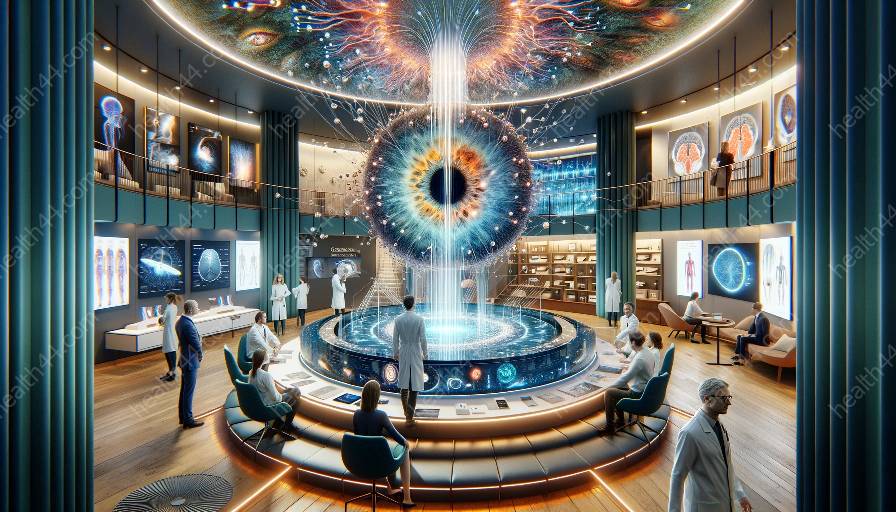Visual perception challenges are common among vision rehabilitation patients and can significantly impact their quality of life. Understanding these challenges and implementing strategies to address them is essential for effective vision rehabilitation.
Impact of Visual Perception Challenges on Vision Rehabilitation
Visual perception challenges can affect vision rehabilitation patients in various ways, including their ability to perform daily activities, socialize, and maintain independence. These challenges can also impact their mental and emotional well-being, making it crucial for healthcare professionals to address and mitigate these effects.
Common Visual Perception Challenges in Vision Rehabilitation Patients
Vision rehabilitation patients may experience a range of visual perception challenges, including:
- Visual processing deficits, such as difficulties with visual attention, memory, and recognition.
- Impaired depth and distance perception, making it challenging to navigate and interact with their environment.
- Visual field deficits, such as hemianopia or scotomas, affecting their ability to detect and respond to visual stimuli.
- Visual-motor coordination difficulties, impacting tasks that require hand-eye coordination and fine motor skills.
- Visual-spatial perception impairments, resulting in challenges with spatial awareness and orientation.
- Visual discrimination issues, making it difficult to differentiate between similar objects or patterns.
Strategies to Address Visual Perception Challenges
Healthcare professionals involved in vision rehabilitation can employ various strategies to address and support patients with visual perception challenges:
- Assessment and individualized treatment plans: Conduct thorough assessments to identify specific visual perception challenges and develop personalized treatment plans tailored to each patient's needs.
- Visual training and exercises: Implement visual training programs and exercises to enhance visual processing, attention, and memory skills.
- Environmental modifications: Make environmental changes to optimize visual cues and reduce obstacles for patients with impaired depth and distance perception.
- Use of assistive devices: Recommend and provide assistive devices, such as magnifiers, specialized glasses, or visual aids, to compensate for visual field deficits and discrimination issues.
- Occupational therapy: Incorporate occupational therapy interventions to improve visual-motor coordination, spatial perception, and activities of daily living.
- Cognitive-behavioral interventions: Integrate cognitive-behavioral strategies to address emotional and psychological impacts associated with visual perception challenges.
Research and Innovation in Vision Rehabilitation
Advancements in technology and research play a crucial role in developing innovative solutions for visual perception challenges in vision rehabilitation. Ongoing research efforts focus on creating novel interventions, technologies, and therapies to improve visual perception outcomes and enhance the overall quality of vision rehabilitation care.
In summary, understanding the common visual perception challenges in vision rehabilitation patients is vital for healthcare professionals and caregivers. By addressing these challenges through personalized interventions and support, individuals undergoing vision rehabilitation can experience improved visual abilities, independence, and overall well-being.





















